How to Understand Forecasting Pre and Post Computerization
Executive Summary
- Forecasting changed enormously after computerization.
- We cover some of the significant differences in the eras.
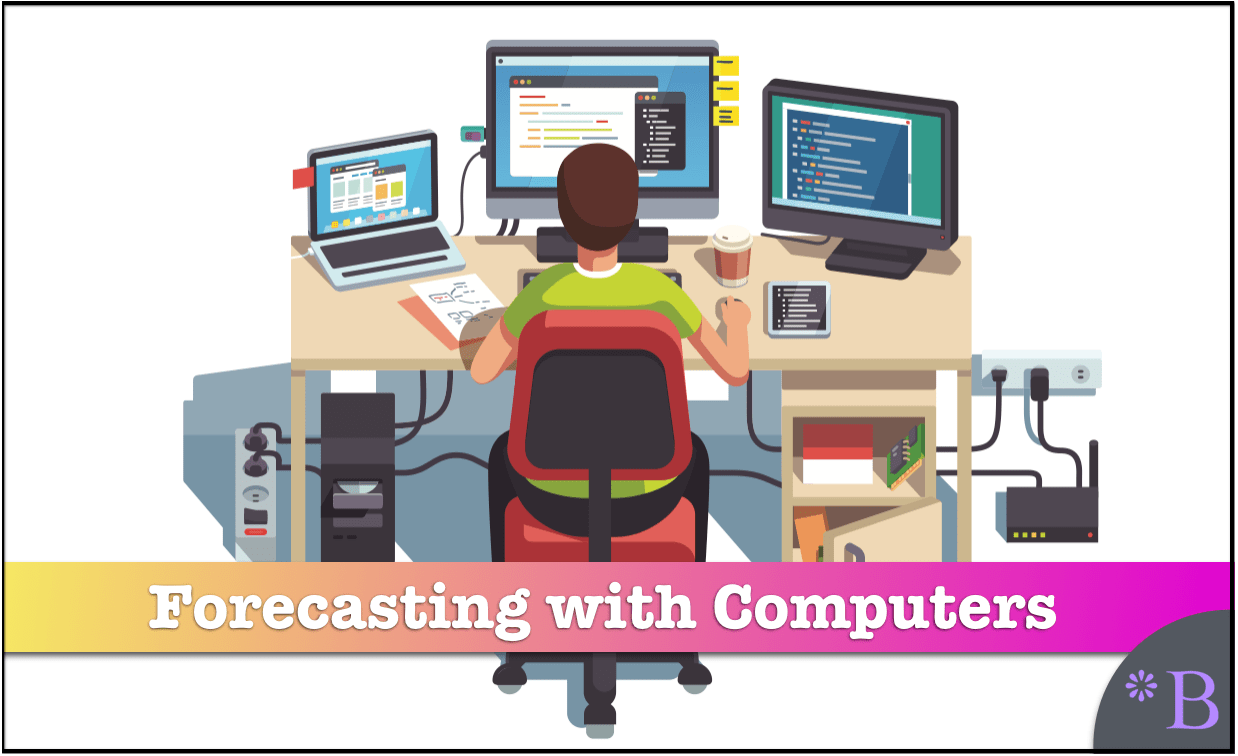
Introduction
Forecasting can be divided very neatly into pre and post-computerization. The earliest computerized forecasting systems were simplified examples of what we have today. Demand planning systems can be seen to have the following components:
- The associative data technology
- The forecasting methods contained within the application
- The user interface and graphics engine
Modern databases and adaptive technologies allow for faster speed and various forms of aggregation.
Of the many statistical forecasting methods, many had existed for many years before computers were developed. However, it was computers that lead the ability to use the methods broadly.
Forecasting Methods
Some of the major methods are listed below:
- Exponential Smoothing
- Moving Average
- Level
- Trend
- Seasonal Average
- Croston Intermittent
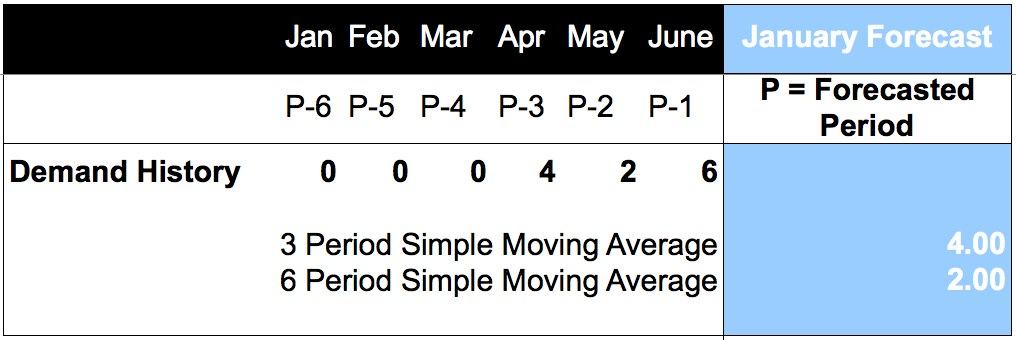
A simple moving average is surprisingly effective and is often called the naive forecast. Michael Gilliland points out that by applying a value-added methodology to forecasting, every forecast should be benchmarked against a naïve forecast. If that method cannot beat the naive forecast, there is no purpose in using more complex techniques.
A forecast can also be created by merely emphasizing certain factors using a slider, as is shown in the screenshot below.
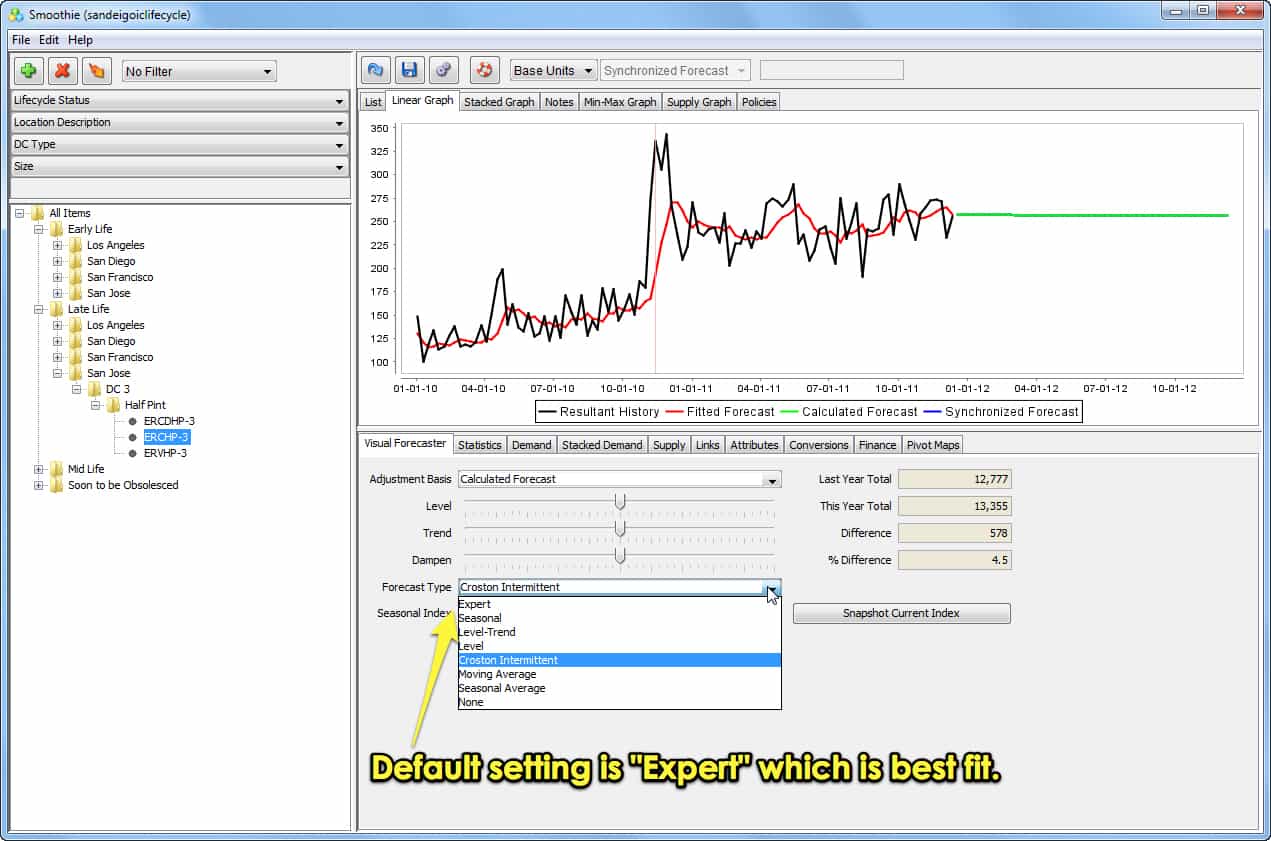
Interestingly, most of the research indicates that more complex methods do not outperform less complex methods. Secondly, even if more sophisticated methods show more benefit, companies have a limited ability to administer complex methods, so the actual methods employed tend to be much simpler than those covered in research publications. Very complex methods can be used when the number of things to be forecasted is small. For instance, financial and economic forecasting is known for having very complex foresting formulations (although here too, not many are an improvement over simpler methods), and finance and economics are far beyond supply chain planning using causal or regression techniques.
Econometrics is, in part, dedicated to highly mathematical approaches to forecasting but which have not worked out or produced excellent forecasts. There is a serious question as to whether the econometrics profession and other financial forecasting methods are kept so involved because they are effective or if they improve the career prospects and job security of the individuals performing the forecasts.
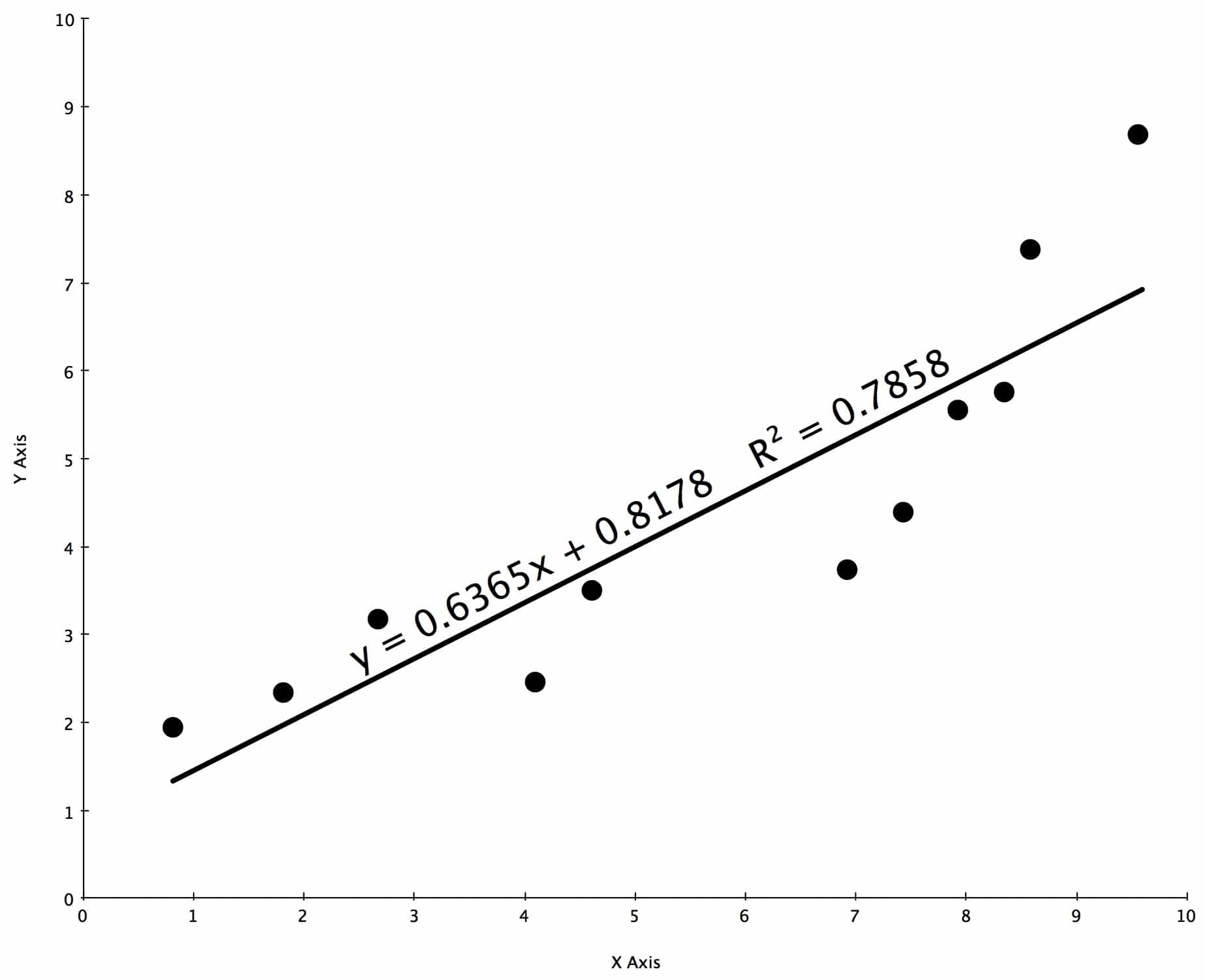
Causal or regression creates a formula, which predicts the future based on a formula, which would have predicted the past. These techniques are very rarely used in supply chain forecasting. One reason is that companies have many products to forecast and, therefore, typically need to employ simple methods.
Best Fit Forecasting Procedure
When best-fit procedures began to be introduced into demand planning applications, it was considered an event, which would dramatically impact forecasting. The concept was that the system could select the correct forecasting procedure, and to a great degree, the statistical forecasting process could be put on autopilot. This did not happen, and there are several reasons for this:
- Most applications that initially introduced best-fit functionality, and many still, in fact, did not make the functionality straightforward to use. An excellent example of this is SAP, which developed a complex best-fit functionality, but one that, if appropriately configured and run appropriately, did have a sound mathematical procedure behind it. (more on this can be seen in the post)
Complex Versus Simple Methods
Interestingly the forecasting method has tended to be an overemphasized area for improving prediction accuracy. Many companies spend lots of time looking for a magic bullet on a better statistical forecasting method and typically end up disappointed. One reason for this is that companies and individuals have a high tendency to overestimate the forecastability of a product. Especially for difficult to forecast products, there is an interpretation that they can be overcome with more complex methods. However, the problem with this analysis is that difficult to forecast products that have weak demand patterns. Because of this, any statistical method employed has difficulty in predicting the future.
Software vendors know that companies are looking for this magic bullet, and this is why a great deal of marketing effort goes into including more sophisticated methods in the application. Similarly, academics have incentives to publish complex techniques because more complex methods are more publication-worthy and considered more prestigious than less complex methods. For example, it would be tough to get a paper published regarding the benefits of using a simple moving average because academic journals require that researchers submit “original work.”
Computerization
However, there is little doubt, and forecasting can be logically broken into pre-computerization and post-computerization. Computerization was introduced at an elite level, so in the 1950s, researchers users computers to calculate mathematical methods applied to supply chain problems. Gradually computers enabled everything from warehouse workers to provide chain planners to do their job more effectively. However, George Plossl did have the following to say about historical methods for inventory planning:
Planning was manual, slow, and crude. Large clerical groups calculated gross planning requirements for their products’ major components and time-phased (albeit very roughly) these and their procurement. Revising such plans was even more tedious and was rarely done. The capability of massive data storage and manipulation required for sound inventory management planning did not exist at that time. Because of this constraint, stock replenishment (OP/EOQ) methods predominated before the 1970s. Inventory control was attempted utilizing paper records and electromechanical desk calculators to apply mostly simple mathematical formulas for order quantity and safety stock calculations.
Computers and the Methods Applied
As computerized forecasting methods gave way to more advanced statistical approaches encapsulated in software, software vendors became a bias to overestimate and over-sell the ability of their algorithms to forecast difficult to forecast products. For whatever reason, rather than introducing complex algorithms that were viewed as magic bullets by executives making the purchasing decisions, but often with little real-world experience performing forecasting or working as demand planners themselves. This was usually done while shorting the effort to develop either better demand planning interfaces or better associative data technologies. However, this turned out to be a poor allocation of development resources, as more advanced statistical models most often failed to outperform simpler methods. The infatuation with increasingly esoteric forecasting algorithms prevented executives from understanding that there was an upward boundary regarding how much a forecast for a product with a little discernible pattern to its demand history could be improved. As pointed out by David Gilliland:
“Forecast accuracy is determined more by the forecastability of the demand than by the sophistication of a statistical technique. Statistical techniques work well as long as the historical patterns are properly captured in the forecasting model, there is not a lot of randomness in the patterns and these patterns continue to be the same in the future. Unfortunately, these conditions don’t always apply.”
David Gilliland describes the efficiency of statistical forecasting:
“A major benefit of the statistical approach is that it can be a very efficient way to generate forecasts. Once the system is implemented and the models are built, it can run on autopilot with little or not management intervention—which is about as efficient as an approach can get. In addition to being efficient, the statistical approach can also be effective in situations when demand follows consistent and detectable patterns, and continues to behave obediently into the future.”
Computers and Graphics in Forecasting
The importance of graphics in forecasting is difficult to overstate and something we take for granted today. Before computers, developing graphics was extremely time-to consume, and because of these forecasts, plots were rarely produced, except for major items and major presentations. This is not to say that charts today are of higher quality than those of the past, as is demonstrated rather ably in the book “Quantitative Display of Visual Information” by Edward Tuft. Many modern computerized graphics are inferior to manually created graphs regarding the ability to communicate the quantitative content. However, computer graphing today is immediate and infinitely alterable in a way that people in the pre-computerized age could not have imagined. Instead of requiring the skill to create, very young children can graph numbers in a spreadsheet application.
Even the previous simple graph that anyone today could create would have been a great accomplishment before computers. No measurement is required, as the computer performs all the work. Unlike a standard graph, this one can be infinitely changed, saved, copied, and so on. Once such a time-consuming graph was created, making a new one or adjusting it would have been a repeat of the work, unlike now when the file is directly saved and reopened.
This has broadened the use of graphics immensely. As human interaction with forecasting systems is hugely based upon graphics, which is the showpiece of many demand planning applications, the introduction of computer graphics can be seen to be a major historical event for forecasting.
Computer graphics, both in hardware’s ability to draw sophisticated graphics and software, have been consistently improving. However, most enterprise forecasting applications lag even inexpensive spreadsheet applications, for a reason which is not entirely apparent, as this post describes.
However, while the quality has been at a time sketchy, there is no questioning the speed and proliferation of graphical capabilities in demand planning applications. What this has meant is that graphics can be generated quickly, and just as importantly, promptly changed. A user can cycle through as many products as they can mentally process and receive immediate updates. Furthermore, the user can aggregate by some factors, such as product groups or other attributes, and see graphics for these aggregated grouping with the same speed.
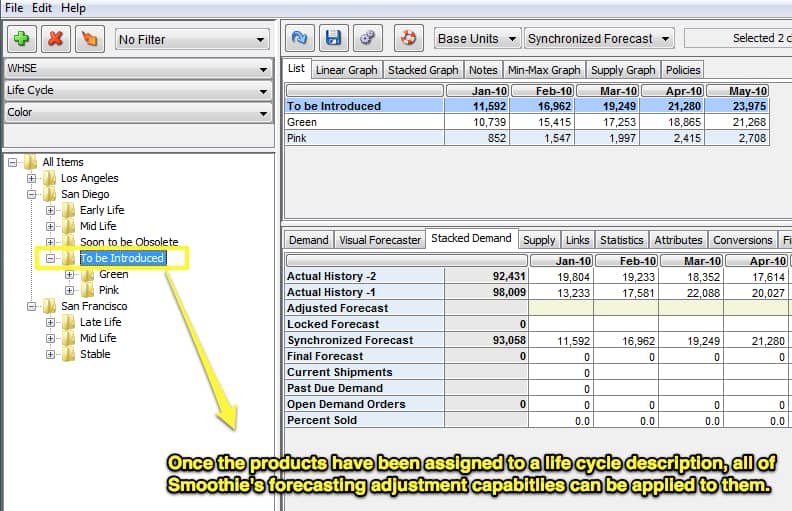
Smoothie by Demand Works has one of the better graphics capabilities in modern enterprise demand planning applications. In this example, the graph is created for a grouping of Early Life, which is selected in the selection option to the left. This graphic shows a standard feature of enterprise demand planning graphics today. It displays multiple lines that represent different factors pertinent to the forecast.
The black line is the resultant history (the history of any adjustments). The red line shows the fitted forecast, which is the forecast created for the previous period based upon the software method (simple exponential smoothing, moving average, etc..) employed for the demand history. The blue line is the calculated forecast, which is the forecast generated by the system. The green line is the synchronized forecast, which is the forecast, which results from any adjustments performed by the user.
The most common program from which graphics have been made since computers were first able to draw graphics have been spreadsheets. However, they do not draw the best graphics. In this book, I will use a program called OmniGraphSketcher, which is a program for Macs. Books have been written about forecasting with many graphics. But the effect of graphics on forecasting has not been significantly analyzed and described in print, at least that I was able to unearth. In the enterprise software space, graphics are often not a strength of forecasting applications. In these books, I will showcase some of the best modern graphics capable enterprise demand planning applications: Smoothie and ToolsGroup.
References
“The Business Forecasting Deal: Exposing Myths, Eliminating Bad Practices, Providing Practical Solutions,” Michael Gilliland, (Wiley and SAS Business Series), 2010